The Corsair Carbide 400Q Case Review
by E. Fylladitakis on April 29, 2016 9:00 AM EST- Posted in
- Cases/Cooling/PSUs
- Corsair
- ATX
- E-ATX
- Carbide
The Interior of the Corsair Carbide 400Q
The side panels of the Carbide 400Q can be easily detached by removing two thumbscrews for each. Both of the side panels, and including the top panel cover and the faceplate, have a thin layer of sound dampening material applied to them. Considering the openings on the sides of the front panel and the rear of the case, the impact of the material on the acoustics of the case is unlikely to be very high, but every little bit can help.
The interior of the Carbide 400Q is all black, including every cable, screw and stand-off. The only parts breaking the blackness of the case are the grey impellers of the stock cooling fans. The metallic surfaces are sprayed with the same satin black paint as the exterior. The plastic covers across the PSU compartment and HDD cage are sprayed with the satin black paint as well, but it is not nearly as fingerprint resistant as the metallic parts of the case. Strangely, only the three main openings next to the motherboard feature rubber grommet covers. There are more openings next to those, as well as several more above and below the motherboard, none of which has a rubber grommet installed.
Lacking any front/external drive cages, the interior of the Carbide 400Q is very spacious, allowing for the installation of E-ATX motherboards. Graphics cards up to 370 mm long will fit as well, but note that the installation of fans or radiators will reduce that clearance. A large rectangular hole is cut on the motherboard's tray to allow for the installation of aftermarket coolers without having to remove the motherboard. Some of the very large air coolers may not fit in the Carbide 400Q, as the height of the CPU cooler is limited to 170 mm.
To remove the two plastic covers that separate the PSU and HDD area from the rest of the case, the HDD cover has to come off first, then the PSU cover. There is a hole at the top of the covers that allows for the routing of a PSU cable directly towards the system, but we found that to be greatly inconvenient because it then has to be disconnected for the covers to be removed. Considering that this particular design has no side window, the very presence of the covers is strange to begin with.
After the covers have been removed, the PSU area and HDD cage can be clearly seen. The Carbide 400Q can hold PSUs up to 190 mm long, but we do not recommend the installation of such long units. To install such a PSU, the HDD cage will have to be moved to its auxiliary position, towards the front of the case, and routing the cables through the right panel’s openings becomes troubling. Furthermore, moving the HDD cage to its auxiliary position will block the installation of radiators at the front of the case.
The Carbide 400Q is somewhat limiting when it comes to drives. Three 2.5” drive trays can be found at the rear side of the motherboard’s tray and another two 3.5” or 2.5” drives can be installed on the removable plastic trays of the small drives cage. Nevertheless, the number of drives that the Carbide 400Q supports should be sufficient for the vast majority of home and office users.
For the means of this review, we installed a Corsair AX760i with the red cable set, for strong visual contrast. The AX760i fits tightly inside the Carbide 400Q without moving the HDD cage to its auxiliary position, with the installation of extra cables after the PSU has been installed being all but impossible. The cables are long enough for a standard system and their routing across the rear of the motherboard tray and through the rubber grommets is very easy.
A standard ATX system comfortably fits inside the system area of the Carbide 400Q, allowing for easy upgrades and maintenance. Since the case is designed to hold up to E-ATX motherboards, the openings for the cables are a few centimeters away from the edge our standard ATX motherboard. There is more than enough space for long cards and most models should fit even if a radiator has been installed at the front of the case. The clearance above the motherboard is small but Corsair offset the top mounting slots towards the left side of the case, allowing for the installation of fans and radiators. Tall motherboard heatsinks and RAM modules however can create compatibility issues here.


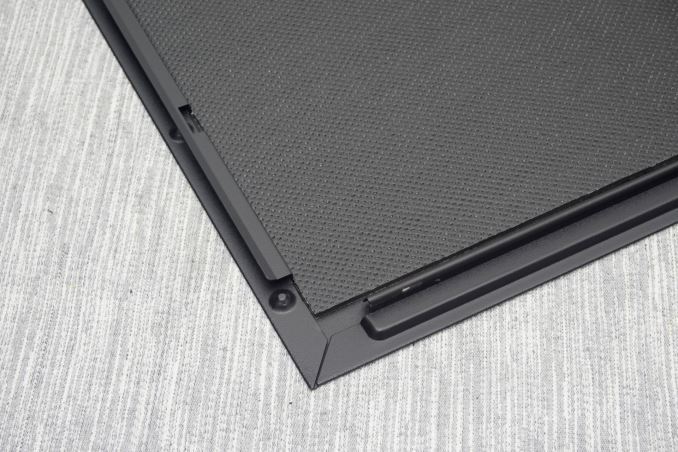
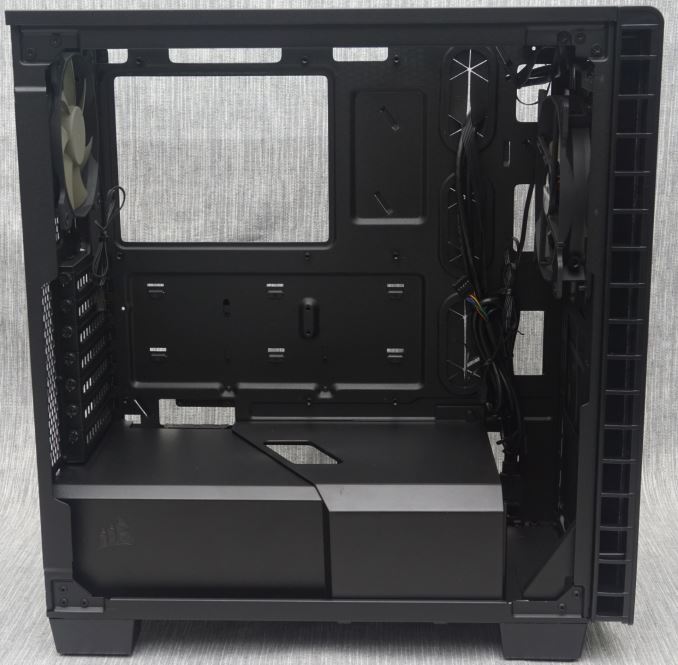
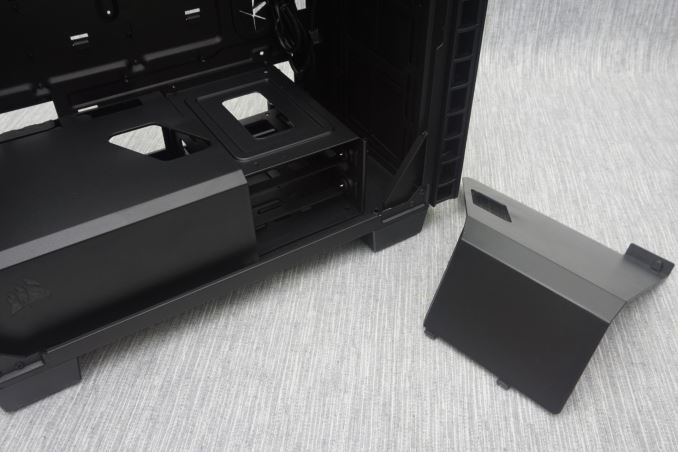
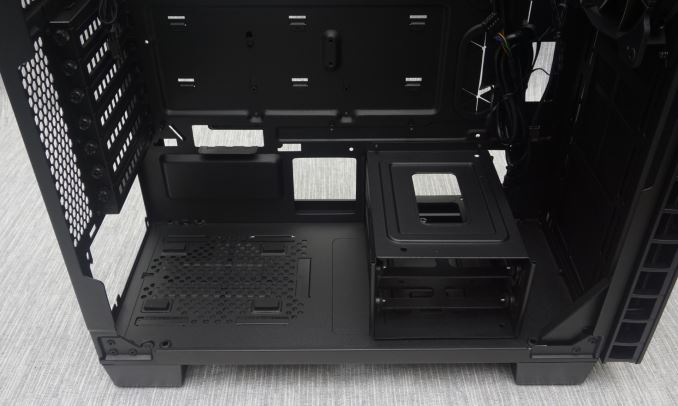

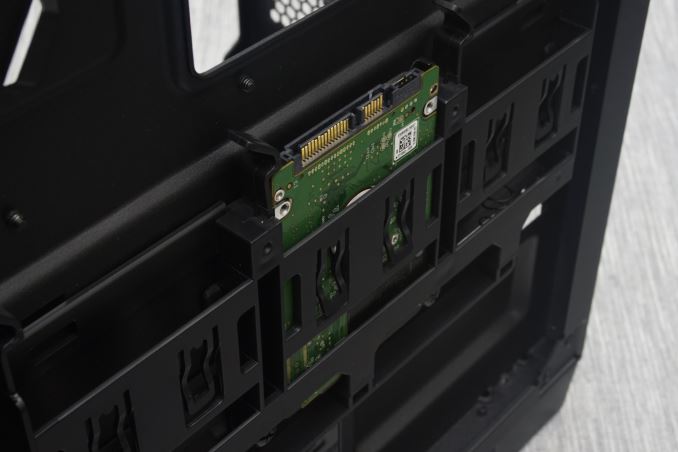
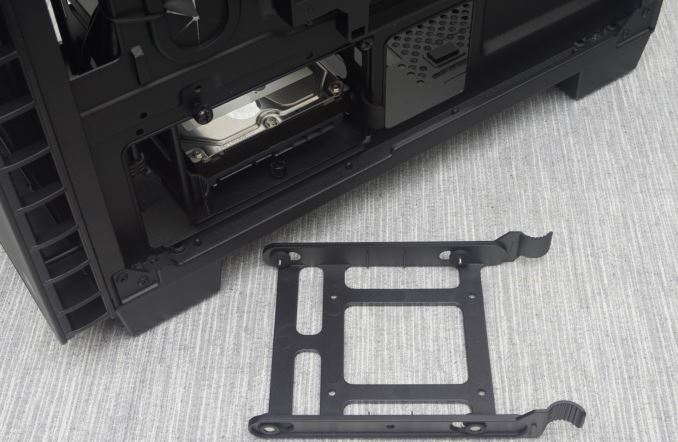
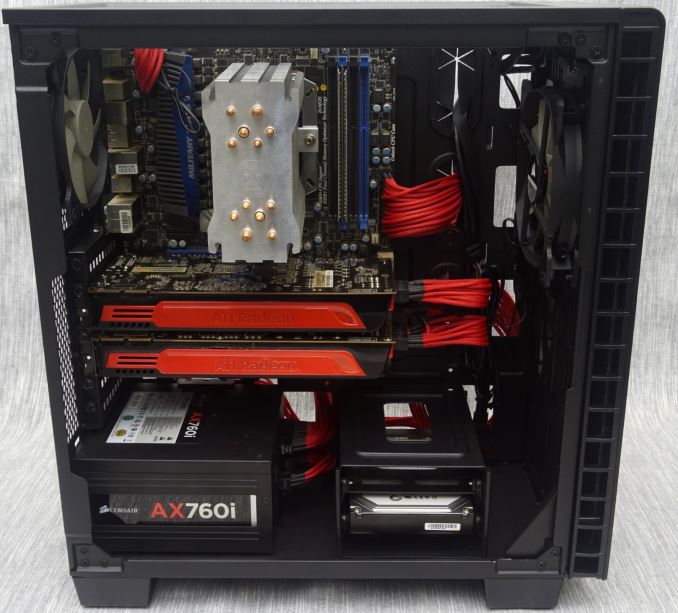
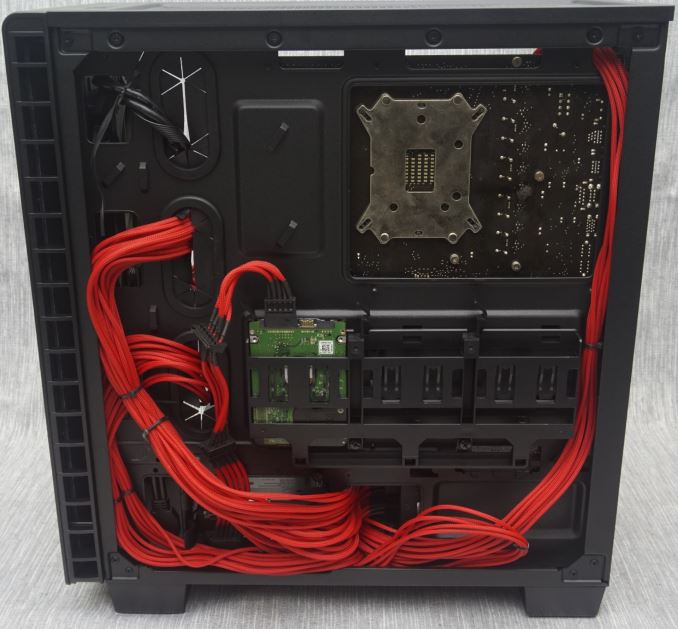








63 Comments
View All Comments
close - Saturday, April 30, 2016 - link
Well, "bent" and "extend" are correct, just not in that sentence. So only a proof reader would spot it, not a spell checker. And the author's name suggests he may not be a native speaker so you can expect some mistakes. As long as the technical details are correct I can get over spelling errors, photos that weren't shot RAW, and other BS like this coming from people that have nothing better to do.jdavenport608 - Friday, April 29, 2016 - link
I come here for the expert and professional reviews. I would expect the expert to be able to sound the part. Basic spelling and grammar mistakes make me wonder about other parts of the review. Plus it breaks up the smooth flow of the article to stumble across these types of mistakes.I have been wondering about the editorial staff of some sites I read for awhile now. Sadly, Anandtech is not the only site with this problem.
As for being free. I have no ad blockers running. Plenty of ads here.
The_Assimilator - Friday, April 29, 2016 - link
^ This guy gets it. Simple spelling and grammar mistakes reveal a lack of professionalism.MatthewsWal - Friday, April 29, 2016 - link
<irony>Yeah because two simple spelling mistakes that a spellchecker cannot catch is what makes a review unprofessional.</irony> Have you ever bothered checking the background of the writer? Other than that he is not even American and he still writes better than most I've seen, I still prefer reading a piece written by someone with a phd than "reviews" written by people of questionable education and expertise.The_Assimilator - Saturday, April 30, 2016 - link
Allow me to introduce you to the concept of "an editor".JoeyJoJo123 - Friday, April 29, 2016 - link
You mean a b itchy response to Corsair advertising, right? Tech journalists who run a website with paid employees don't review stuff for free, you know. They make articles so that they can continue to have a job.svan1971 - Saturday, April 30, 2016 - link
economymatthew - Amen.Black Obsidian - Friday, April 29, 2016 - link
I picked up this case's sibling, the 400C (full-frame side window, no acoustic dampening, dust filter replacing top panel) and then stuffed a 5820K, Corsair H110i GT, and MSI 980Ti into it. With Corsair AF120/140 Quiet fans in the top and rear running at 100% it's still virtually silent at idle, and normal gaming load conditions. Airflow is a bit weak, but this isn't a case for extreme overclockers anyway.I had the same difficulty with the front panel, solved by bending the plastic tabs inward a bit so the force required to remove the panel is now only "quite a lot" rather than "Hulk Smash!". Also, as much as I like the aesthetics of the PSU/HDD/wiring shroud at the bottom, it was quite a pain to put back into place after the motherboard was installed.
Overall a very reasonable case for $110CAD, but I don't expect it to have the kind of longevity my Corsair 650D and Antec P180 enjoyed.
nagi603 - Friday, April 29, 2016 - link
Good to hear of an owner... and speak of the devil, I still have a P180 in active service. :)Black Obsidian - Friday, April 29, 2016 - link
My original P180 lasted a long time, but my back still hurts just thinking about it.